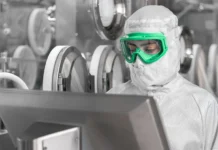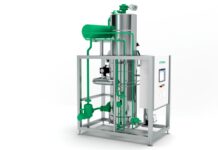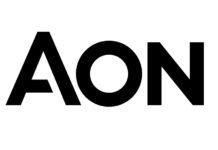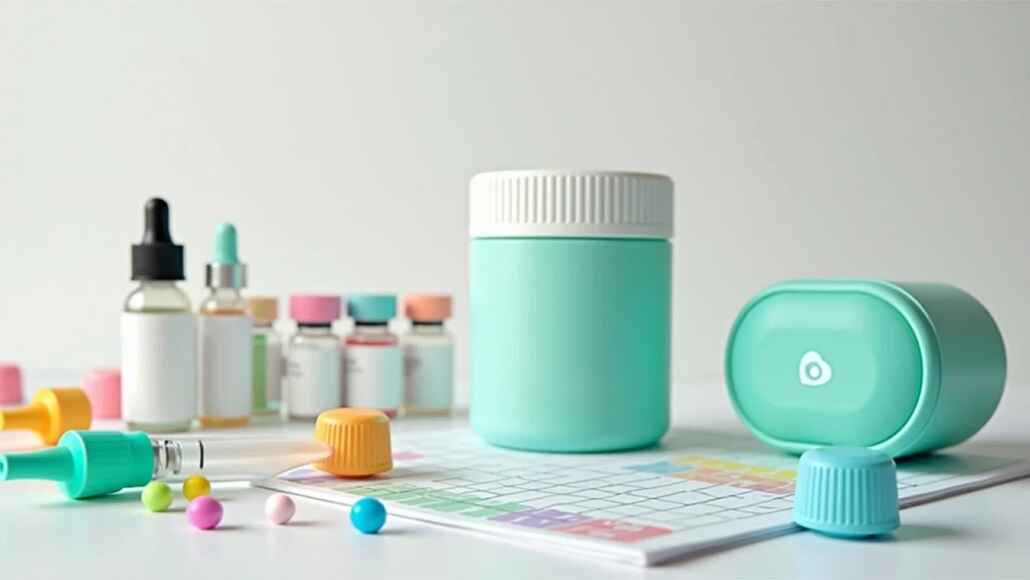In the dynamic world of today, role of combination products happens to be emerging as catalysts when it comes to transformative healthcare solutions. Defined widely as therapeutics or even diagnostic products integrating drugs and medical devices as well as biological components, combination products are indeed a growing field when we talk of modern medical innovation.
This kind of drug-device combination product happens to be growing when it comes to straegic priority since they have the ability to elevate the safety as well as the effectiveness of certain exclusive treatments by way of their controlled drug release or targeted drug delivery. They are also known to impact the patient adherence and total experience due to their ease of usage for the patient as well as the caregiver.
One doesn’t really have to look very hard to pry out the role of combination products in the capital region, which happened to be in the development or are already successfully developed. Narcan from Emergent happens to be one good example of a co-combination product that has received approval through the 505(b)(2) pathway. CraniUS, which happens to be a Johns Hopkins spinout, is coming up with the first medical device, which helps chronic medicine delivery directly within the brain and is powered by a novel wireless charging system.
Although still in the development stages, this kind of device is going to provide the potential when it comes to many combination product filings as therapeutics as well as drug companies looking forward to leveraging their novel drug delivery system within the brain.
Companies such as AstraZeneca happen to have a growing team, which is dedicated and exclusively working for combination products.
One area that has seen robust growth is the global cell and gene therapy drug delivery devices market, which is forecasted to grow at a CAGR of 14% from 2023 to 2028.
Since there are many cell therapies that happen to be showing an incredible capacity to eradicate cancer cells and damaging the healthy tissues, it is indeed propelling the demand for such kinds of therapy as well as innovative approaches when it comes to their drug delivery devices. It is well to be noted that combination products can also be very beneficial for those developers who are looking to apply the evergreening patient strategies, which can grow the period of time within which the successful drug can go on to remain under patient protection and at the same time increase the product revenue life cycle.
Let us look into the intricate details of this domain, which is multifaceted, so as to unravel the intricacies that surround the combination products.
What are combination products?
Combination products, apparently, come in various forms, which range from traditional drug-device combinations to co-packaged or even co-kitted products. Let us briefly look into the three main types of combination products, which happen to be outlined in the Code of Federal Regulations (CFR).
– The single-entity combination product
This comprises two or more components, such as drug and device, device as well as biologic, biologic and drug, or all three that are combined or mixed in order to produce a single entity.
Its examples include –
Pre-filled drug delivery devices like injector pens and filled syringes.
- Biologic delivery advisers, like nasal spray and vaccine in a pre-filled syringe.
- Medical devices, which are coated or either combined with a drug or biologic, for example, antimicrobial wound dressing.
- Drug or biologic combination, such as an antibody that gets combined with a therapeutic drug.
– Co-packaged Combination product
This happens to have two or more components, which are packaged together as a single unit or in a single package. They are also called convenience kits.
Its examples are-
- Drug or vaccine vial packaged along with a syringe
- Liquid medication along with a dose dispenser
- Surgical tray, which contains surgical instruments as well as anesthetic drugs
– Cross-labeled combination product
These are devices, drugs, or even biological products that are packaged separately but labeled for one use only and have an approved, individually specific drug, device, or biological product.
Its examples are –
- Photosensitizing drugs or even activating lasers or a light source
- Biological products that are light-activated and not packaged but are labeled for usage along with a specific light source device
The device’s intricacy
It is well to be noted that the device challenges when it comes to the development and role of combination products go on to present a major hurdle, which is often stemming from the complex interplay that takes place between the drug as well as the device or even packaging components. The dependence as well as the strength of the delivery vehicle Apart from the packaging consideration, it goes on to play a very critical role in making sure that the safe as well as precise administration of medication is taking place.
The hurdles that are associated with the revised development regularize the comprehensive and encompassing environmental as well as human factors. Looking into how a device as well as a drug can interact is indeed very crucial, thereby needing a partnership effort that should take place between drug as well as device producers right from the early stages of the development. This kind of collaboration makes sure that the selection when it comes to appropriate materials as well as mechanisms of administration goes ahead and contributes to a very seamless integration of its components.
One of the central key considerations when it comes to device challenges is the volume of the drug since the larger doses can put forth greater intricacies.
The concept in terms of patient self-administration, specifically having a higher volume as well as a higher viscosity system, has gone on to emerge as a new frontier.
But adapting the systems in order to meet the evolving demands poses a very intricate challenge for developers. Staying in line with these kinds of challenges and also proactively making sure to address the evolving requirements of patients are crucial for the successful development as well as commercialization of combination products.
Going through the regulatory challenges
The regulatory spectrum when it comes to the role of combination products is very complex and demands very intricate consideration. It is well to be noted that the FDA Office of Combination Products, which was established in 2002, happens to play a very critical role when it comes to classifying medical products across the US and even assigning them to FDA centers that are appropriate for a review and regulation. Apparently, the lead FDA center happens to be determined by the product’s primary mode of action (PMOA), thereby influencing the regulatory pathway that is needed.
The landscape, which is evolving
As the pharmaceutical, biotech, Medtech, and life sciences companies go ahead and push the boundaries when it comes to innovation, the combination product market happens to experience a growth that is unbelievable. These products go on to offer the targeted treatment options, enhance the drug delivery mechanisms, and even elevate efficacy for medical devices as well as drugs.
Interestingly, the market when it comes to drug-device combination products has gone on to see a remarkable expansion. As per data that was shared in 2018 by Research and Markets, the global market is anticipated to go beyond $177 billion by 2024. This kind of growth is due to the many benefits that these products happen to offer, especially as far as simplifying drug delivery as well as enhancing the patient outcomes are concerned.
Patient-centric advancements
The effect when it comes to combination products on patient outcomes can indeed not be overstated. Innovation as far as the drug delivery devices like single-use prefilled syringes can go on to contribute to a much easier self-dosing by decreasing the risk in terms of patient dosing errors and also enhancing the compliance part.
The injection systems, along with pulmonary inhalers, go on to dominate the drug delivery combination product share, thereby showcasing the ability to elevate patient experience and also sticking to the treatment adherence.
It is worth noting that role of combination products goes on to represent a convergence in terms of diverse technologies, each of which has a very unique regulatory challenge. As the sector goes on to evolve, it is indeed mandatory for companies to partner along with experts who can go ahead and navigate the intricate regulatory landscape, and at the same time, make sure that successful development as well as commercialization of the innovative products is done.
As the combination product spectrum continues to transition, it is also mandatory that regulatory pathways along with the policies change. The partnership when it comes to industry leaders, consulting firms, and regulatory bodies is going to be instrumental when it comes to shaping the future of combination products.




















